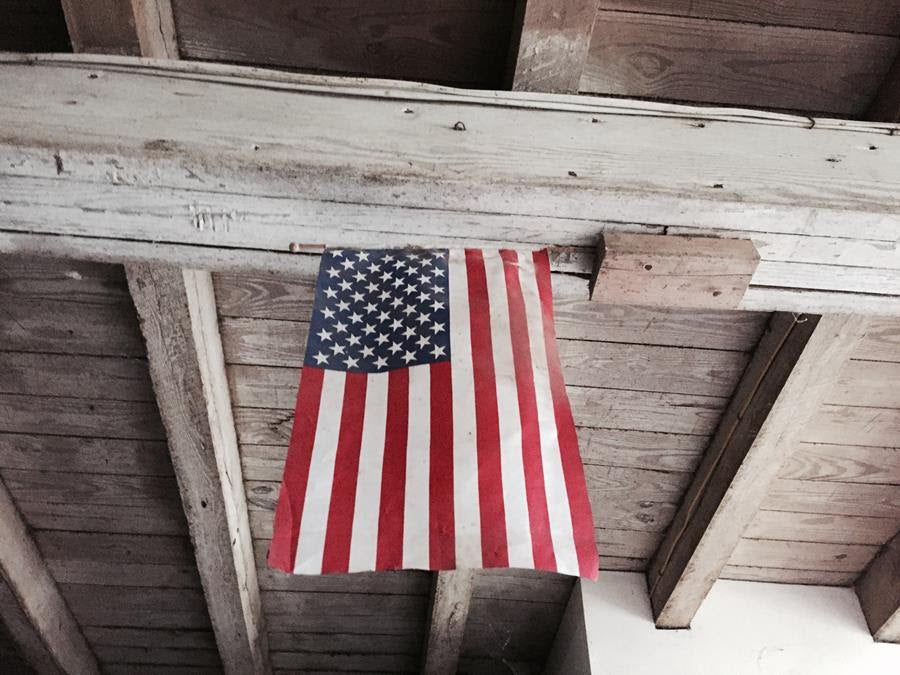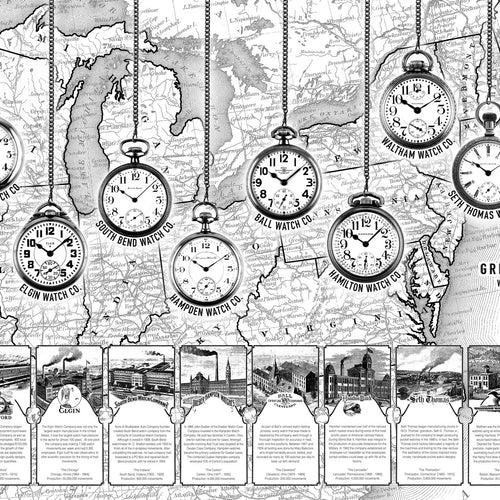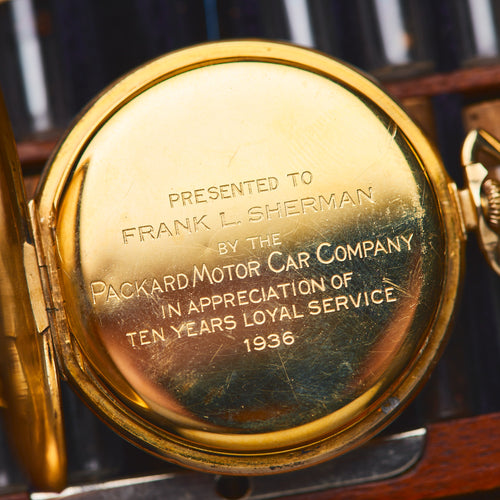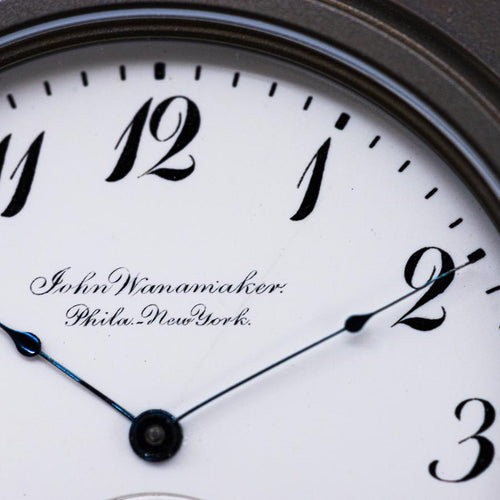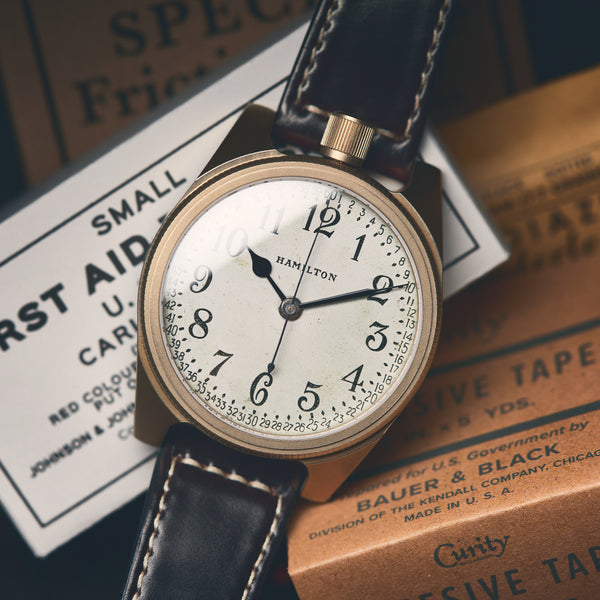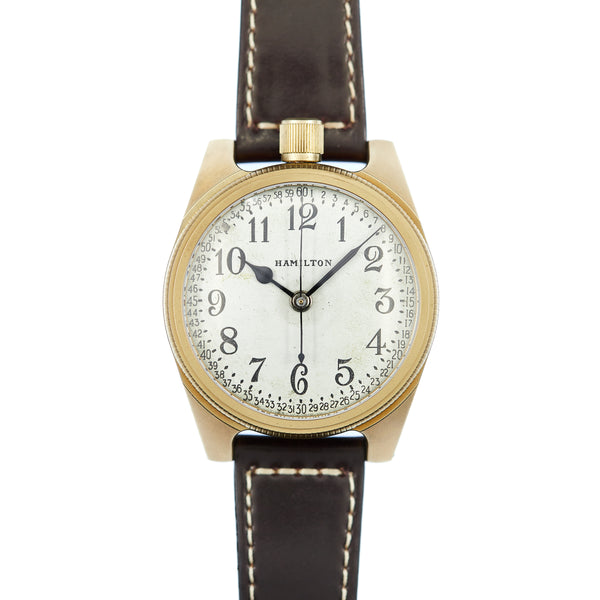Your Weekly Roundup of watches is below, but first...
If you read our descriptions for the Watch of the Day watches you know we love to add a layer of contextual history to the information about the pocket watch movements and watch we created. Join us over the next few weeks as we explore some of the history of the Great American pocket watch companies and the impact of American labor in the late 19th century.
Labor Day, observed the first Monday of September, became a federal holiday in 1894. This marks a day to pay tribute to the economic and social achievements of American workers. During the Industrial Revolution, the average American worker worked seven days a week, often 12 hour days. It was because of this contribution to the infrastructure of America that a "workingmen's holiday" began being recognized.
Before Labor day was a federal holiday, many states and activists recognized this day with municipal ordinances in 1885 and 1886. Although New York was the first to introduce a bill around this topic, Oregon beat them to the punch by passing a law to observe Labor Day in 1887. That year, four more states would follow suit in making Labor Day a holiday - Colorado (yay!), Massachusetts, New Jersey, and New York. Several states joined in celebrating the holiday over the next decade and on June 28, 1894, Congress passed an act making the first Monday in September of each year a legal holiday.

Here are some stats on the labor force of the great American pocket watch companies:
- Elgin National Watch Company was the largest site dedicated to watchmaking in the world
- At its peak, Elgin Watch Company employed over 4,500 people
- Waltham Watch Company in 1854 (early in its history) was producing five watches each day with 90 employees
Check back next week where we'll dive into some history on workplace conditions like the story of the Radium Girls!
Here's your Weekly Roundup!
We have watches in stock! The time is now (pun intended) to pick your one-of-a-kind Vortic Watch. Our team has been working hard to provide you with a variety of unique timepieces. Take a look, there's something for everyone!
Click the images of the watches to learn more about them. Make sure to check the website at 12 PM Mountain Time for the Watch of the Day! They tend to sell quickly.
Today we welcome the beautiful Chicago 366 from the Elgin Watch Company. We absolutely love this unique dial, with a subtle floral pattern on the inside accented by very angular shadow numerals. The slight wear around the outer edges of the minute indicators shows the age of this watch, while our machined titanium case and nickel crown bring it into the modern era. The blued steel hands bring a nice amount of color, while our stone strap completes the look.
More bright silver-colored accents continue on the inside of this movement with this visually striking build plate. Beneath we find gold-plated gears and a brass balance wheel, powered by 17 screw-set jewels. We love the spiral pattern that was machined onto the mainspring barrel and crown wheel. This watch was originally produced by the Elgin Watch Company, in Elgin, Illinois in 1926. Also in this same year, the very first liquid-fueled rocket was launched in Auburn, Massachusetts by Robert H. Goddard.
We are very pleased to present this fantastic hunting style watch, the Springfield 400. We love the look of this dial with its crisp and clean features, as well as the red minute indicators around the outer edge. The large open-kite hands stand out from the bright white face, and pair well with our black DLC case. A gold-plated crown and black cordovan strap complete the look, making this watch ready for any occasion.
We are so excited to show off this stunning movement, with this dual-color pattern all throughout. 17 screw-set jewels adorn this watch, while the second and third escapement wheels feature their own “finger” bridges, set aside from the main bridge. Intricate machining all across the build plate brings visual interest, showing off the craftsmanship of the era.
Originally manufactured in 1918 by the Illinois Watch Company in Springfield, Illinois. This is also the first year that time zones were established in the United States. The use of Daylight Savings time was also approved at the same time, although it is not required by all states as Hawaii and Arizona do not observe it.
We have an incredibly special and rare release, the Springfield Railroad 031. We get a lot of requests to bring back our Railroad Edition watches and today we get are fortunate to bring you one of these amazing pieces. This watch has been meticulously fine-tuned with a custom lever set, by our incredibly talented machinists and watchmakers to fit this movement and help with the setting feature underneath the bezel. As we continue to improve our manufacturing processes and create more levers for these Railroad movements, we are looking forward to releasing more of these watches on a regular basis.
The Santa Fe Special was a high-end movement from the Illinois Watch Company, named after the Santa Fe Railroad line that ran from Kansas to New Mexico, and was one of the larger stretches of the American Railroad. This dial is very unique, featuring all 60-minute indicators, including red accents at the hour marks, referred to as a Montgomery dial. The gothic style numerals bring a nice amount of flare and contrast against the bright white face. We wanted to give this watch a special case to add to the look and decided to pre-patina this bronze for a wonderfully aged and vintage look. A merlot strap and nickel-plated crown add to the details and help accentuate the look and feel of the case.
This movement is so mesmerizing that you will have to remove the watch in order to show it off through our custom case back. This dual-colored build plate is absolutely stunning, with intricately designed etching all throughout, as well as rose-gold gears beneath and a brass balance wheel. Adorned with 21 spectacular jewels, screw set with stainless steel hardware.
The Santa Fe Watch Company was founded in Topeka, Kansas in 1913 and was manufactured by the Illinois Watch Company. The watches were sold by catalog only, via mail order service. They were mostly all Railroad grade 16 size watches, lever set. However, they also made some smaller 12 size versions as well for a short period of time. This watch represents a truly special piece of American history and we couldn’t be more proud to have the opportunity to bring it back to life and release it.
We bring you the elegant Lancaster 099, a fantastic example from the Hamilton Watch Company. Right away we were stunned by this dial with classic styling and gorgeous, crisp numerals that pop off this soft white dial. These large, open-kite-shaped hands bring bold styling to the face, while the subtle minute indicators around the outer edge are a nice finishing touch. We kept the stylish feel with our sandblasted titanium case, gold-plated crown, and oxblood cordovan strap. This watch is sure to be a real head-turner, no matter the occasion.
This 912 movement begs to be shown off, with these fantastic Geneva lines machined throughout the large bridge plate, showing a small glimpse of the gold-plated gears beneath. Adorned with 17 screw-set jewels and stainless steel hardware throughout, this watch displays an impressive balance of nickel and gold. This beautiful timepiece was originally manufactured in 1933 by the Hamilton Watch Company of Lancaster, Pennsylvania. Also in this same year, the Chicago World’s Fair was held on a 427-acre portion of Burnham Park. The fair came at a time when a lot of people were still recovering from the Great Depression and was a great display of science and engineering meant to inspire technology for the future.
We have the pleasure of presenting to you the Boston 323. This gorgeous watch was originally manufactured in Waltham, Massachusetts by the Waltham Watch Company in 1924. We love the look of the gold-colored numerals on this dial, standing out on the soft white dial. We find it interesting that the majority of this dial appears to be in great condition, with the exception of the markings on the second indicator. All of the watches we use regardless of their condition, have been touched by numerous watchmakers and hobbyists over the years and we never quite know the specifics of the wear on these watches.
The movement inside this watch has us captivated by the intricate design work all across the bridge plate as well as underneath on the main plate. Accentuated by stainless steel hardware and 17 screw-set and friction-set jewels, this movement is truly a magnificent sight to see. Gold-plated gears and a brass balance wheel hide beneath and give some contrast to the shimmer of this watch. On February 5th of 1924, was the very first radio broadcast of the official time from the Royal Greenwich Observatory.

